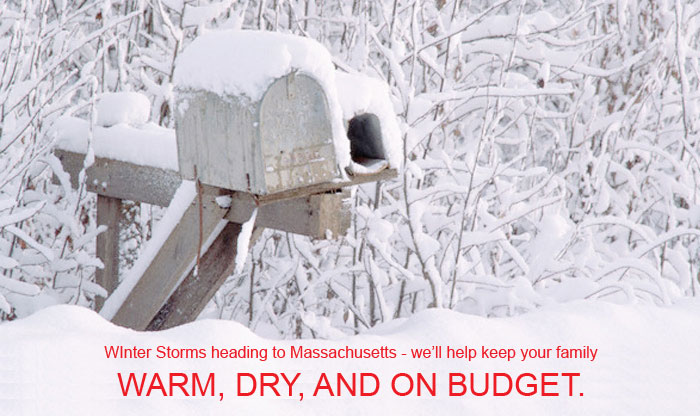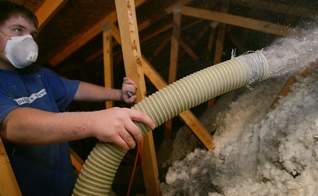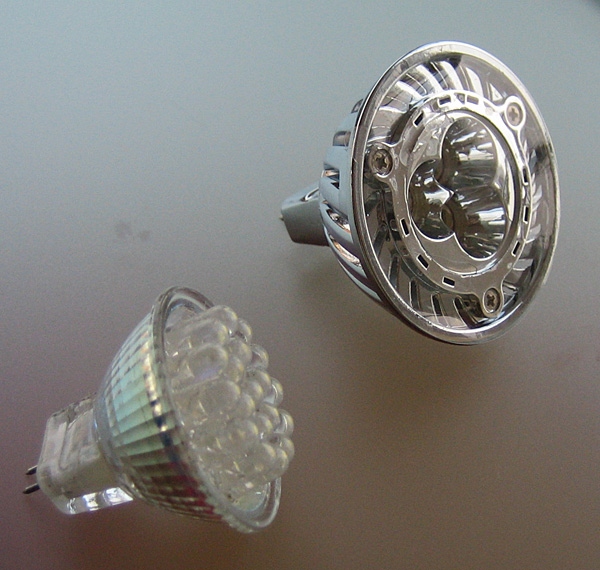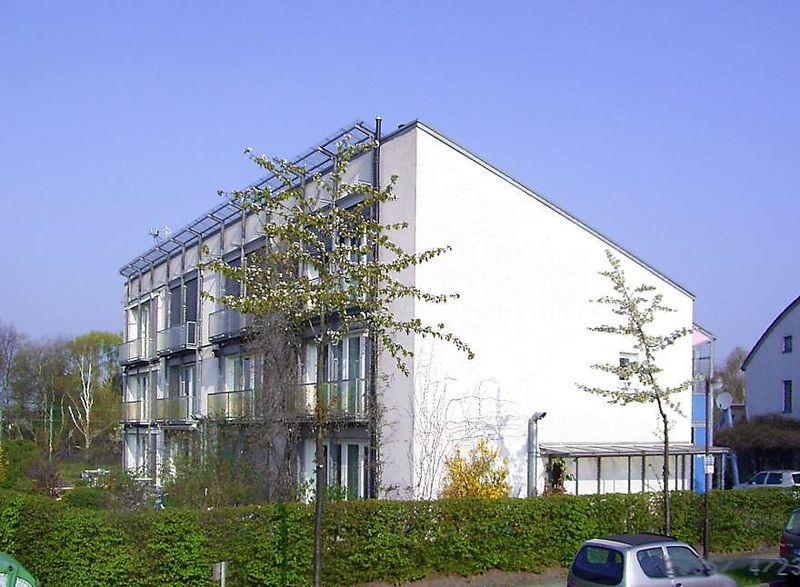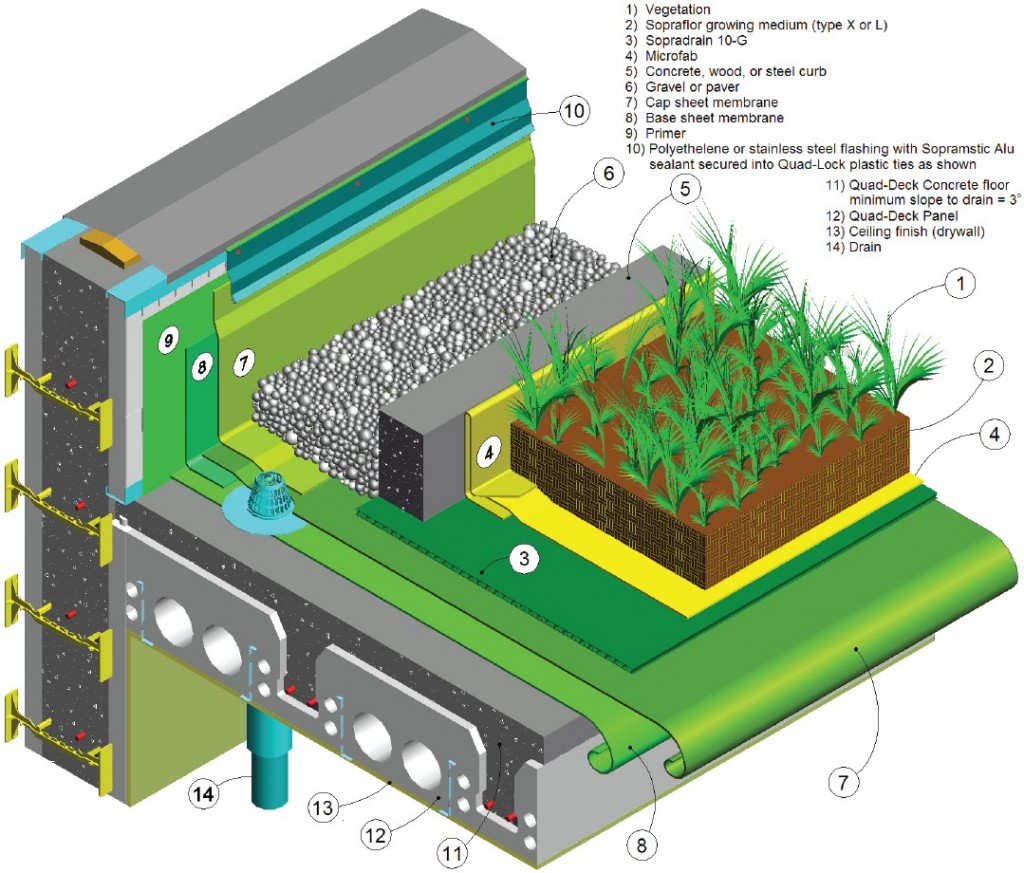Last week, we showed you how a local Cambridge organization (HEET–Home Energy Efficiency Team) ‘weatherizes’ a house for fellow Cambridge residents. Weatherizing a house involves making some basic non-structural changes to a house to reduce the energy needed for heating and cooling and save money on utilities. The homeowner supplies all the materials and HEET provides the knowledge and manpower needed to finish all energy efficiency improvements in a single day.
It’s a great community activity and a fantastic way to meet your fellow Cambridge residents while learning from skilled tradesmen how you can make your own home more energy efficient. And there is always a party to celebrate the completion of another successful Weatherization Barnraising.
The next HEET Weatherization Barnraising is scheduled for Sunday, March 1 between 12:30—5 pm at 120 Chestnut Street and 100 Henry Street, Cambridgeport.
The Work to be carried out on site includes:
- Spraying the basement rimjoist using RetroFoam, led by Tom Lawler (the head of RetroFoam, a Massachusetts-based insulation company)
- Using Plexiglas to insulate windows
- Repairing drywall
- Weatherizing doors
- Possible building of an insulated cover for an attic hatch
The number of participants will be limited to assure that everyone has guidance and support from a skilled team leader. You can sign up today by contacting Steve Morr-Wineman at swineman@gis.net or 617-876-4753.

